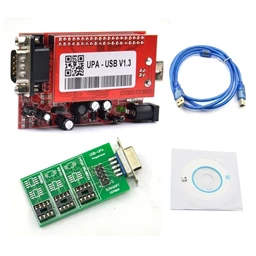The Depths of ECU Programming: Bench and Boot Modes The Electronic Control Unit (ECU) is considered the brain of modern vehicles and controls vital functions such as engine management, transmission control, emission systems. ECU programming is the process of reading, changing (modifying) and rewriting the software (maps) inside this unit. This is done for various purposes, such as improving vehicle performance (chip tuning), optimizing fuel efficiency, solving problems with systems such as DPF/EGR/AdBlue, or repairing/cloning a defective ECU. Professional devices used for ECU programming (for example, Alientech Kess V2/Kess3, Magicmotorsport Flex, Autotuner) can communicate with the ECU by different methods. One of the most common methods is programming through the vehicle's OBD-II socket. However, in some cases, especially when more in-depth access is required or programming via OBD is not possible, more direct connection methods such as “Bench Mode” and “Boot Mode” are used. These two modes allow the ECU to be programmed by connecting directly to specific pins or ports on the circuit board, with or without disassembly. However, there are important differences between them, and each of them has its own advantages, disadvantages and use cases. Dec. The correct understanding of these modes is critical for the safe and successful execution of ECU programming operations. In this comprehensive guide, we will explain what Bench Mode and Boot Mode are in ECU programming, how they work, the main differences between them, in which cases which mode should be preferred, and Nitro Bilişim's expertise in this field and the professional equipment it offers (Dec, Flex, Autotuner, etc.) we will consider it in detail. Overview of ECU Programming Methods Basically, three main methods for ECU programming can be mentioned: 1. OBD (On-Board Diagnostics) Mode: – It is the most common and easiest method. - Programming is performed via the vehicle's standard OBD-II diagnostic socket without disassembling the ECU. - It is usually sufficient for standard reading/writing operations and basic modifications. - However, due to anti-tuning protections (TPROT) on some ECUs, full access via OBD may not be possible, or only virtual reading (virtual read) can be performed. 2. Bench Mode (Service Mode/Bench Mode): - The ECU is usually disassembled from the vehicle (in some cases, the connection can also be made without disassembly) and connected directly to the connector pins of the ECU via a special cable or adapter. – There is no need to open the ECU cover. - It offers more comprehensive read/write capabilities than OBD mode and can overcome some anti-tuning protections. – It is often preferred for full backup and cloning operations. 3. Boot Mode (Bootloader Mode/ Bootloader Mode): – It is the method that provides the most in-depth access. - The ECU is disassembled from the vehicle and usually opens the cover directly to certain points on the circuit board (PCB) (boot pin, CNF1 pin, password reading points, etc.) connection is established by soldering or by contacting with special needle probes (probes). - Full read/write access is obtained by switching the microprocessor (MCU) to bootloader mode. - It is used to recover locked or damaged ECUs that cannot be programmed with OBD or Bench mode, perform full cloning, or apply very detailed modifications. - It requires more technical knowledge, skills and attention than other modes. What is Bench Mode and How Does It Work? Bench Mode, as the name suggests, refers to the programming of the ECU, usually on a bench (disassembled from the vehicle). However, some modern programming devices may allow a Bench Mode connection to be made on the vehicle without disassembling the ECU. working principle: • To specific pins on the external connector of the ECU (power, chassis, CAN-High, CAN-Low, K-Line, etc.) a special wiring harness or adapter (for example, FlexBox, K-TAG adapters) is connected. * The programming device communicates directly with the ECU via these connections. • There is no need to open the cover of the ECU or interfere with it. • This mode allows a more direct communication with the ECU's microprocessor and memory units (Flash, EEPROM). Advantages of Bench Mode: * More Comprehensive Access than OBD: It can provide access to some memory areas that are not accessible via OBD (for example, the entire EEPROM, external Flash). • Full Backup (Full Backup): It usually makes it possible to make a full backup of all the contents of the ECU (Flash + EEPROM). This is very important to return the ECU to its original state in case of a possible problem. * Cloning Possibility: Cloning can be performed by transferring all the data of a defective ECU to a solid ECU. * Bypass Anti-Tuning Protections: It can bypass protections such as TPROT, which prevents programming via OBD on some ECUs. * Faster Read/Write: It usually provides faster data transfer compared to OBD mode. • No Need to Open the ECU Cover: It is a less invasive method compared to boot mode, the risk of physical damage to the ECU is lower. Disadvantages of Bench Mode: * Oct May Need to Be Disassembled: In most cases, the ECU must be disassembled from the vehicle, which means additional time and labor. * Requires Special Cables and Adapters: Different wiring diagrams and cables may be required for each ECU type. • Does not Provide As Deep Access as Boot Mode: Some very locked or damaged ECUs may require Boot Mode.
Monday, May 19, 2025

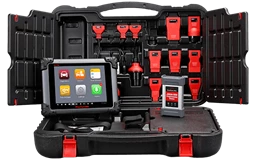
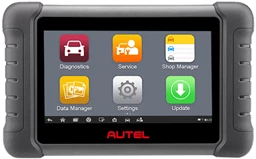

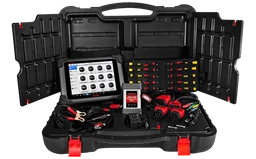
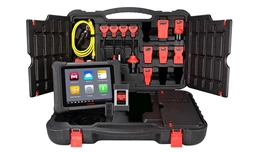

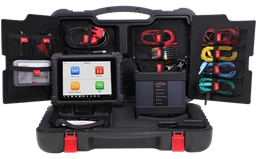


.webp?size=256)

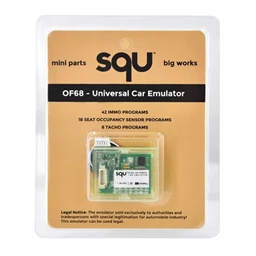


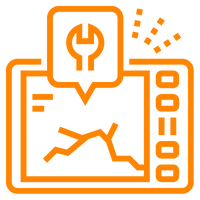


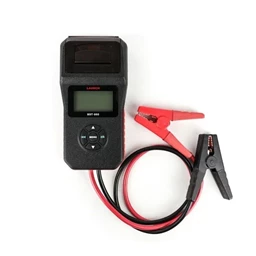

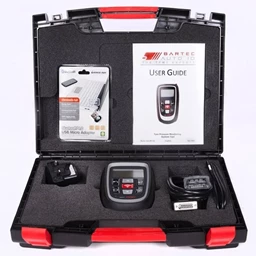
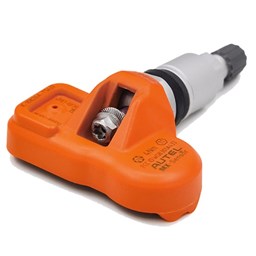




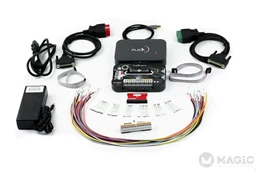

 Cihazı.webp?size=256)



